
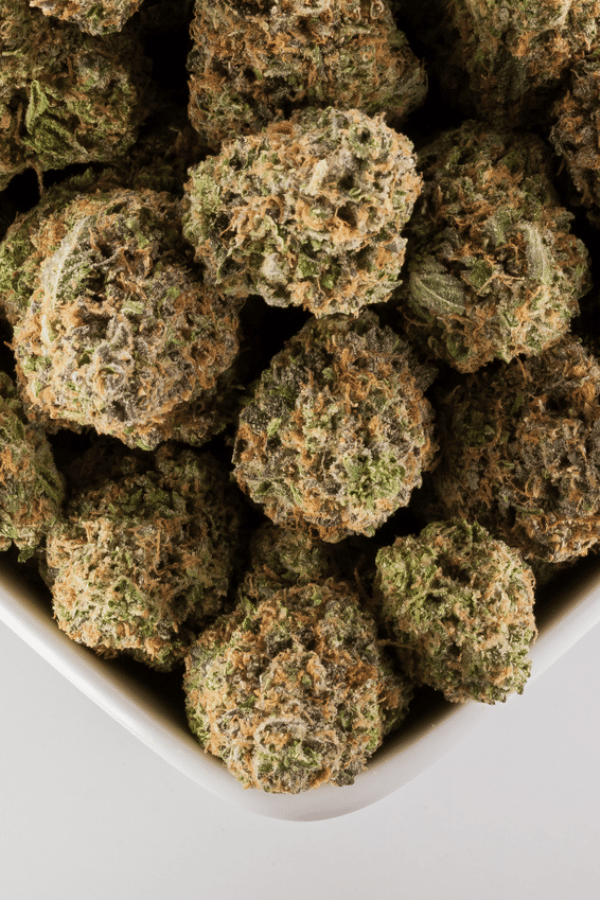
What is PGR Weed? Exploring its Impact
Plant Growth Regulator (PGR) weed, also known as plant growth hormone-treated cannabis, has sparked concerns within the cannabis community in recent years. Growers often use these chemicals to achieve bigger yields and denser buds.
However, it's crucial to be aware of the potential risks associated with PGR weed. Consuming such products can have adverse health effects. It's imperative to understand these risks and effects so that you can make informed decisions about your cannabis consumption.
But fear not! There are steps you can take to steer clear of PGR weed. Research cannabis growers and their cultivation practices or consider purchasing from reputable dispensaries. Educating yourself on synthetic plant growth regulators is the first exciting step towards making safe and health-conscious choices when it comes to cannabis consumption.
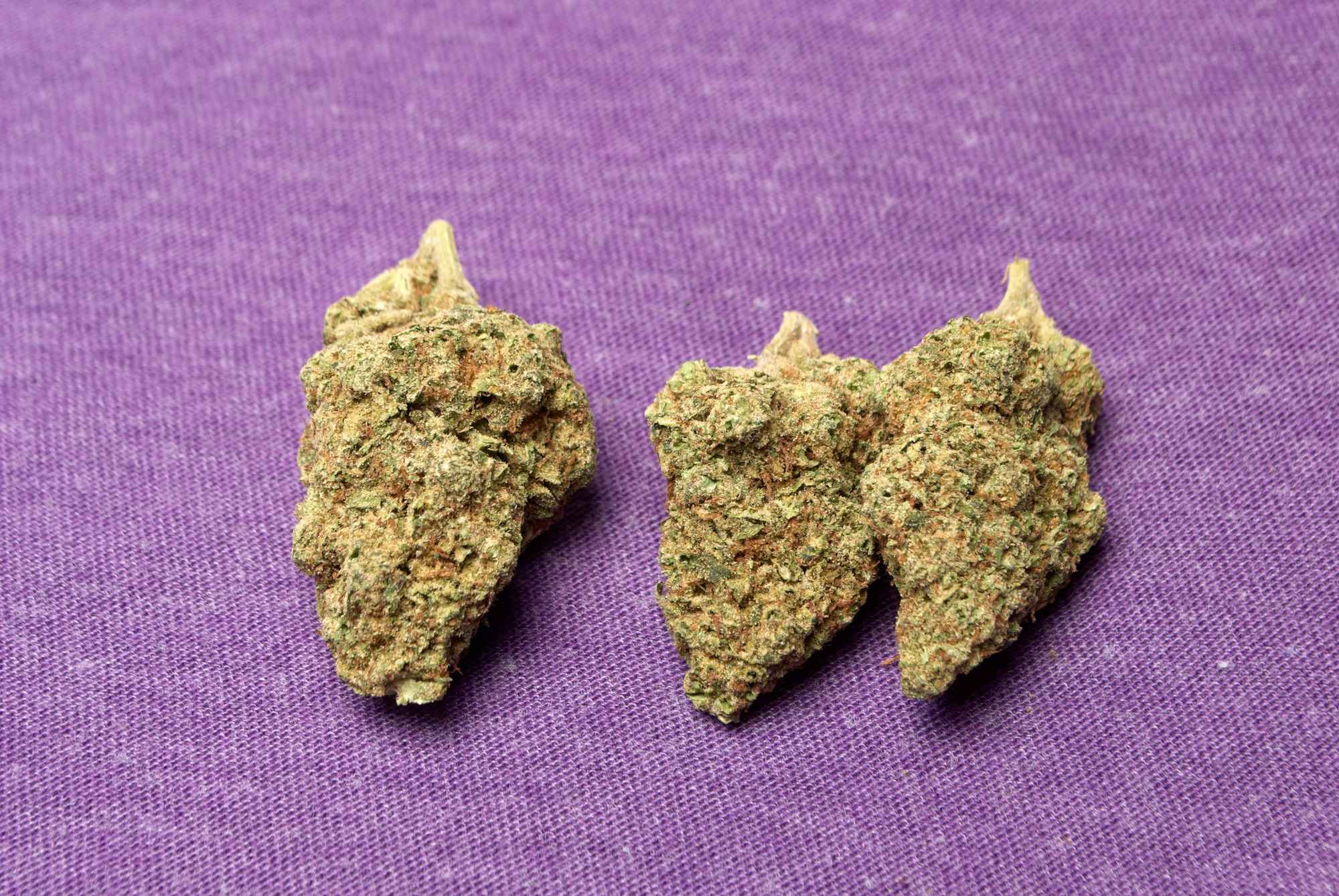
The Allure and Deception of PGR Weed
While PGR weed may initially appear appealing, its dense buds and impressive size can deceive cannabis consumers into believing they're purchasing a superior product. However, don't be swayed by its glossy exterior!
This particular strain of cannabis often lacks the crucial components that contribute to the beneficial effects and enjoyable experiences commonly associated with cannabis consumption. Research studies have shown that the use of PGR weed can have a negative impact on human health. PGRs are often sprayed on plants in the vegetative stage of growth, which can lead to an increased risk of respiratory and digestive issues. Hence, apart from posing potential hazards to human consumption, synthetic plant growth regulators also exert an influence on the quality of the cultivated plants, and vice versa.
Where are the Terpenes, Trichomes, and Cannabinoids?
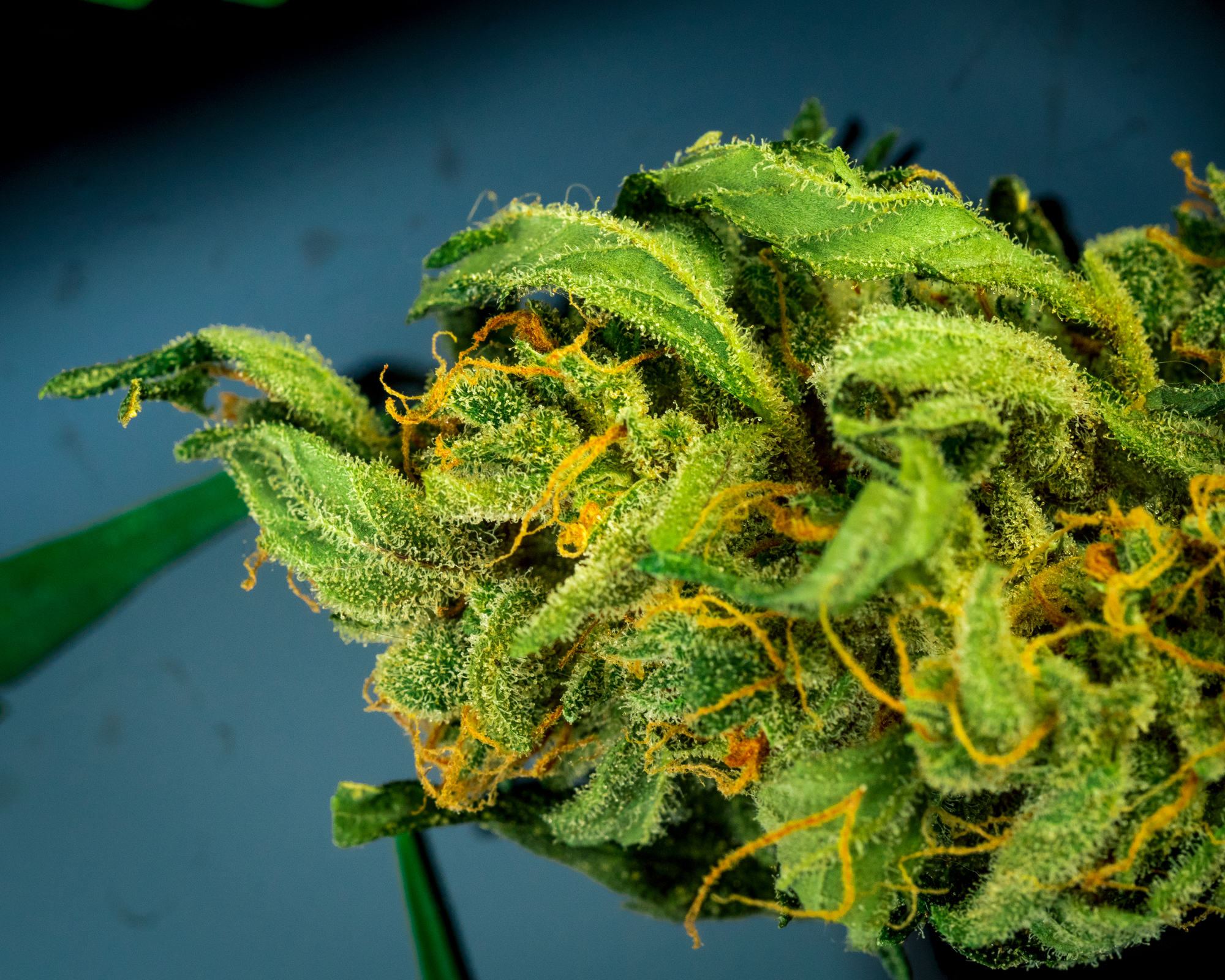
Terpenes, trichomes, and cannabinoids are the beating heart of cannabis. Terpenes are responsible for the distinct and vibrant aromas of different cannabis strains. They also play a role in the 'entourage effect' - the synergistic interplay to recognize pgr cannabis compounds that can enhance its therapeutic benefits.
Trichomes, the tiny crystal-like structures on cannabis buds, are the primary producers of cannabinoids - the compounds responsible for the psychoactive and therapeutic effects of cannabis.
However, when it comes to PGR weed, it often falls short in these aspects. While its buds may appear perfect and dense, they often lack the robust aroma of terpenes, the sparkling trichomes, and the diverse profile of cannabinoids that one would expect from naturally grown cannabis. Not only that but non-natural plant growth regulators are also banned for use on food crops in most countries.
Consequently, despite its impressive appearance, PGR grown cannabis may provide a disappointing experience in terms of both flavor and therapeutic benefits.
Are there any distinctions between natural plant growth hormones and synthetic plant growth hormones?
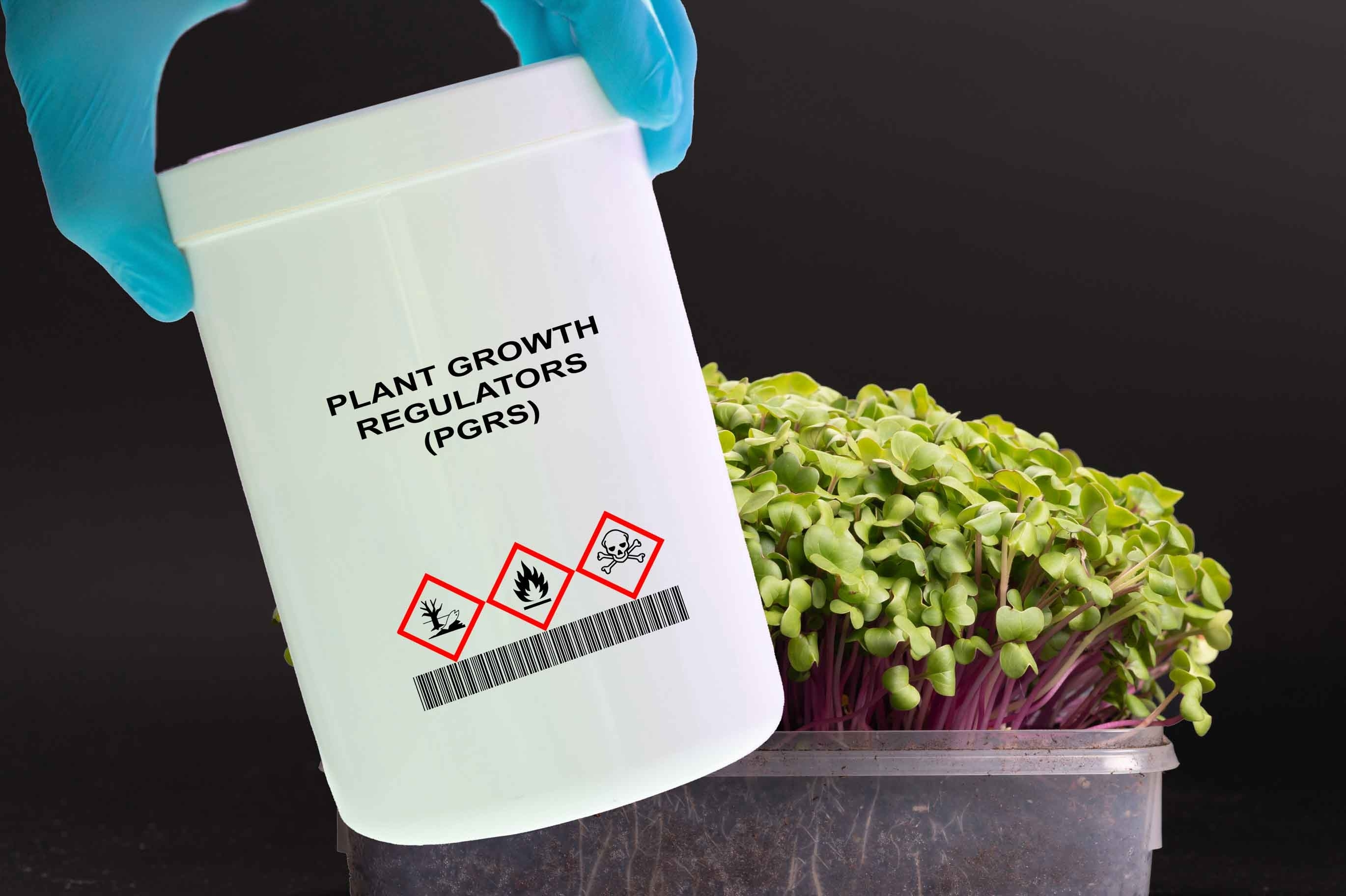
The use of synthetic growth hormones in cannabis cultivation can be concerning, as they are not naturally occurring and may have adverse effects on our health.
These chemicals can disrupt the natural balance of hormones in the body, leading to potential long-term health risks.
In contrast, natural plant hormones play a vital role in plant growth and development and are naturally produced by plants. When used on cannabis, natural plant growth hormones are less likely to have adverse effects on human health.
Natural plant growth hormones can play a crucial role in the cultivation of cannabis. Here are some examples of plant growth hormones that are suitable for cannabis:
Auxins
Auxins play a crucial role in regulating plant growth and development. They significantly impact cell elongation, root formation, and apical dominance. A naturally occurring auxin called indole-3-acetic acid (IAA) can enhance root development in cannabis cuttings or clones.
Gibberellins
Gibberellins are involved in stem elongation, flowering, and seed germination. They can be highly beneficial in promoting robust growth and higher yields in cannabis plants. Gibberellic acid (GA3) is a commonly used gibberellin in horticulture, including cannabis cultivation.
Cytokinins
Cytokinins stimulate cell division and overall plant growth. They can enhance the production of lateral shoots and encourage branching, resulting in bushier cannabis plants. Zeatin, a widely used cytokinin, can be applied as a foliar spray or root drench.
What are the synthetic plant growth hormones that are being used in weed cultivation?
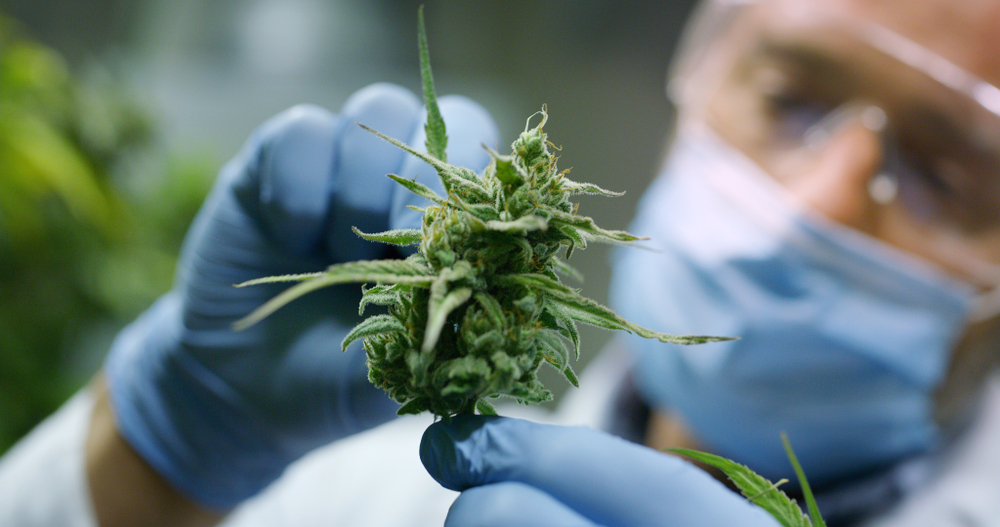
The use of synthetic growth hormones in cannabis cultivation has been a growing concern. Some common examples include:
Paclobutrazol (PBZ)
PBZ is commonly used in the horticulture industry to control plant height and promote compact growth. However, it can have adverse effects on human health, such as hormonal disruption and liver damage.
Daminozide
Daminozide is another chemical that is used to control plant height and promote denser growth. However, it has been linked to potential carcinogenic effects.
Chlormequat chloride (CCC)
CCC is a widely used plant growth regulator that can stunt growth and increase flowering in plants. However, it may also have harmful effects on human health, such as respiratory and skin irritation.
How can we avoid consuming and buying PGR weed?
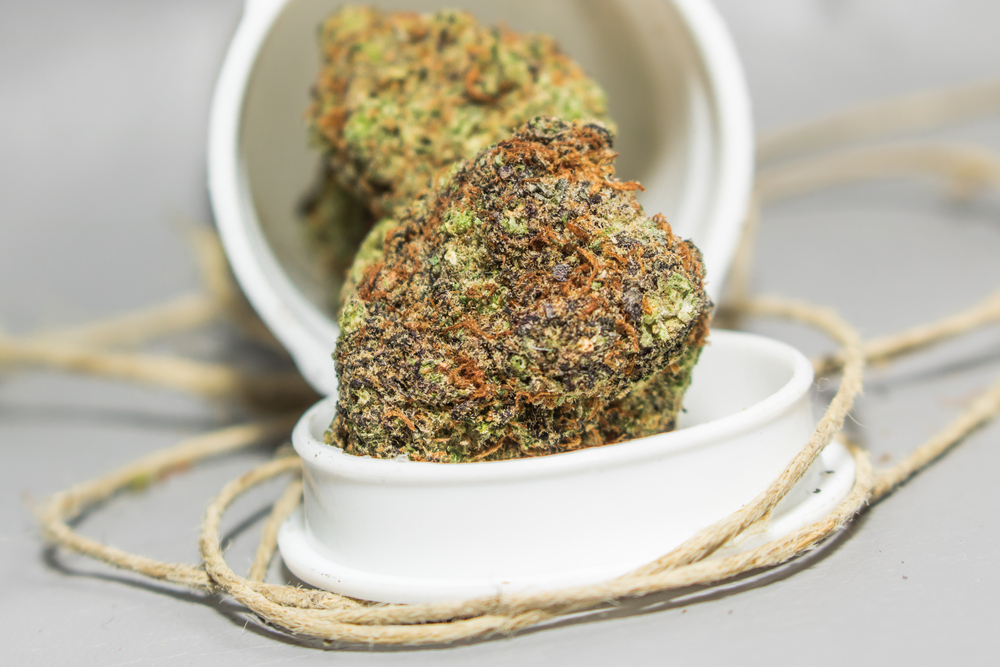
As a consumer, it is crucial to be mindful of what you consume and the origin of your products. Here are some tips to help you steer clear of PGR weed:
-
Conduct thorough research on growers and their cultivation practices before purchasing cannabis products.
-
Purchase from reputable dispensaries or growers who provide transparent information about their cultivation methods.
-
Familiarize yourself with the indicators and characteristics of PGR weed, such as excessively dense buds and lack of aroma.
-
Avoiding street weed and the black market is crucial for ensuring your safety and health. Street or black-market cannabis is often unregulated, meaning there's no guarantee of its quality or safety.
Also, watch out for black market products that might have incorrect labels, which can be misleading about the THC or CBD content. This could result in unexpected or unwanted effects. So, it's better to go for legal and trusted sources whenever you can.
How to Spot PGR Weed
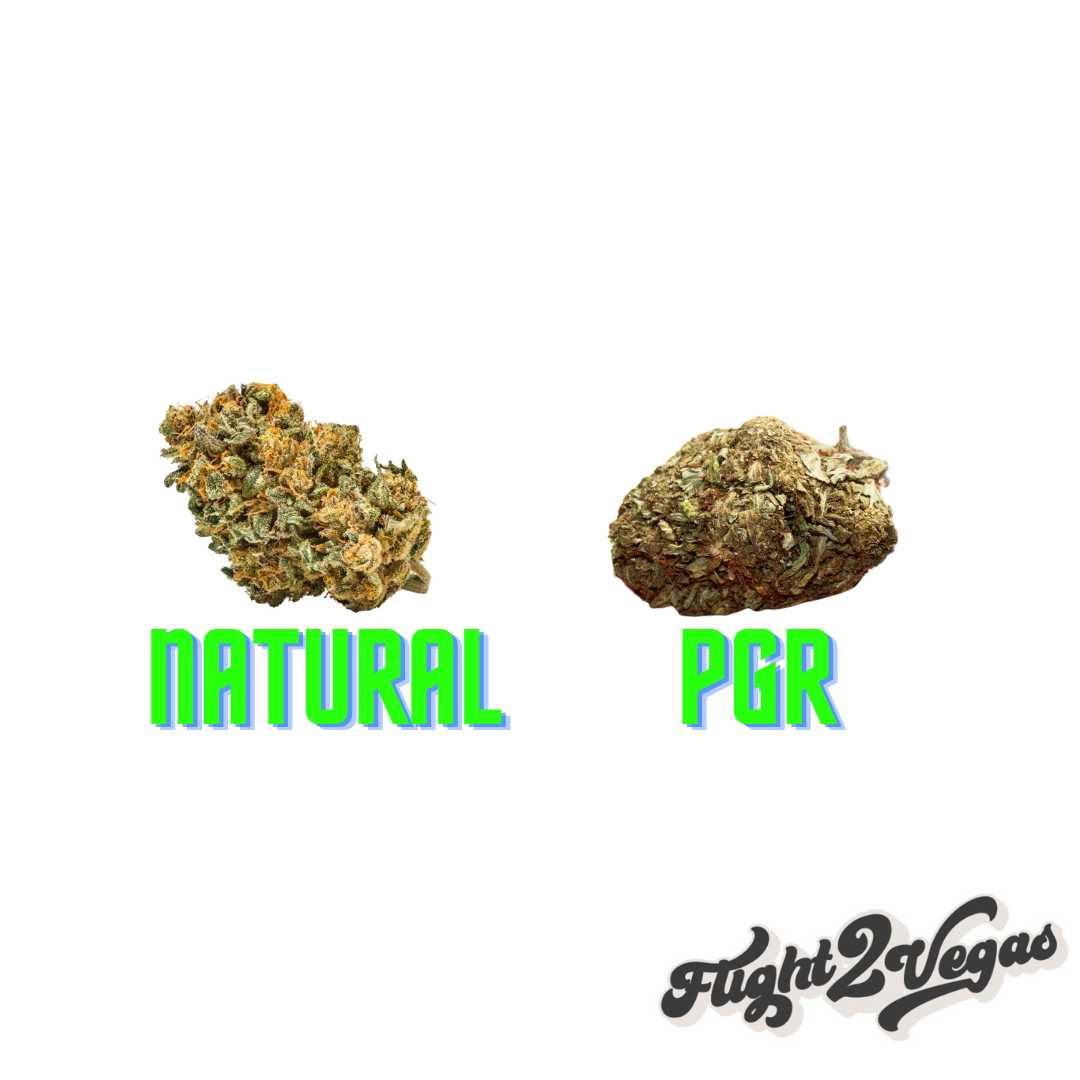
Recognizing PGR weed is crucial for those in the cannabis industry or consumers. Look for unnatural, dense buds lacking trichomes, unlike naturally grown cannabis. PGR weed lacks the distinct aroma of terpenes found in high-quality cannabis.
If buds are overly dense, lack trichomes, and have a mild aroma, they may have been treated with PGRs. Observe for atypical plant growth, like reduced branching or stunted growth. Trust your senses - if it doesn't look, smell, or feel right, it's likely PGR weed.
Here are six telltale signs that can help you identify PGR weed:

-
Lack of Trichomes: Trichomes are the tiny, shiny crystals that cover the cannabis buds. High-quality cannabis is usually loaded with these. PGR weed, however, tends to have fewer or no trichomes at all.
-
Dense, Compact Buds: While dense buds might seem like a sign of high-quality cannabis, unnaturally dense and compact buds can indicate the use of PGRs.
-
Lack of Distinct Aroma: High-quality cannabis is known for its distinct, robust aroma, thanks to the presence of terpenes. If the cannabis lacks a potent or unique smell, it could be a sign of PGR use.
-
Unusual Color: PGR weed often has an unusual color, typically too dark or too light. The buds might also have an excessive number of orange or brown hairs.
-
Reduced Potency: Despite the dense buds, PGR weed often produces less potent effects compared to naturally grown cannabis. If the effects are milder than expected, it could be due to PGR buds.
-
Chemical Taste: Naturally grown cannabis should have a smooth and pleasant taste. If you detect a harsh, chemical flavor when smoking or vaping, it might be an indication that PGRs have been used. This is because PGRs can leave residues that affect the taste of the buds, making them taste more like chemicals than natural cannabis.
Are PGRs Safe to Smoke? What Are Their Effects?
The safety of smoking PGRs is a topic of considerable debate, and it deserves our attention. You see, when you smoke cannabis treated with these synthetic growth hormones, you're not just smoking the plant, but also any chemical residues that might have been left behind. And those residues? They could potentially be harmful.
Some studies suggest that inhaling these chemicals could lead to respiratory problems or other adverse health effects. Plus, let's not forget about the diminished quality and potency, making the experience less enjoyable.
So, in a nutshell, while PGRs might make cannabis look 'better', they certainly don't make it healthier or safer. This is why it's crucial to be savvy about where your cannabis comes from and how it's grown. Choose natural and organically grown cannabis for a safer, more enjoyable experience.
And remember, when it comes to PGRs, trust your senses and knowledge to avoid being duped into consuming subpar cannabis.
In Conclusion
Terpenes, trichomes, and cannabinoids are essential components of high-quality cannabis that provide distinct aroma profiles and therapeutic benefits. PGRs, although once thought to enhance growth and yield, have been found to pose potential health risks and diminish the overall quality of cannabis.
As consumers and cannabis enthusiasts, it's crucial to be aware of PGRs and avoid consuming or buying them whenever possible. Choose natural, organically grown cannabis for a safer, more enjoyable experience. So let's make informed decisions about our cannabis consumption and choose quality over quantity.
Frequently Asked Questions (FAQs)
What are PGRs?
PGRs, or Plant Growth Regulators, are chemicals used to control the growth and development of plants. However, they've been linked to potential health risks and decreased quality of cannabis.
How can I identify PGR weed?
PGR weed typically has dense, compact buds, a lack of trichomes, a mild or non-distinct aroma, and a chemical taste. It may also display unusual coloration and reduced potency.
Is PGR weed safe to smoke?
The safety of smoking PGR weed is debatable. PGRs leave chemical residues that, when inhaled, could lead to respiratory problems or other adverse health effects.
How can I avoid buying PGR weed?
To avoid PGR weed, purchase from reputable sources that provide transparent information about their cultivation methods. Look for organically grown cannabis and avoid street or black-market products.
Does PGR weed have the same potency as naturally grown cannabis?
Despite having dense buds, PGR weed often provides less potent effects compared to naturally grown cannabis.
Is PGR weed legal in the US?
The use and sale of PGR weed is illegal in the US. Furthermore, many states have a zero-tolerance policy for PGRs and will prosecute those caught with them. It's important to be aware of your state's laws regarding cannabis cultivation.
Why is there a lack containof aroma in PGR weed?
PGR weed lacks the robust aroma found in high-quality cannabis due to the absence of terpenes, which are essential components that provide cannabis with its distinct aroma profiles.
What's the difference between PGR weed and regular weed?
PGR weed and regular (or naturally grown) weed differs in several aspects, including appearance, aroma, taste, potency, and health effects. PGR weed often has unnaturally dense and compact buds, lacking the trichomes that give cannabis its characteristic sparkle. It generally lacks the distinct, robust aroma and taste provided by terpenes, which are abundant in naturally grown weed.
Additionally, PGR weed tends to be less potent and may have a chemical taste due to residue from the plant growth regulators. Regular weed, on the other hand, has a distinct aroma and taste, provides potent effects, and is generally considered safer to consume as it doesn't contain potentially harmful chemical residues.











Leave a comment